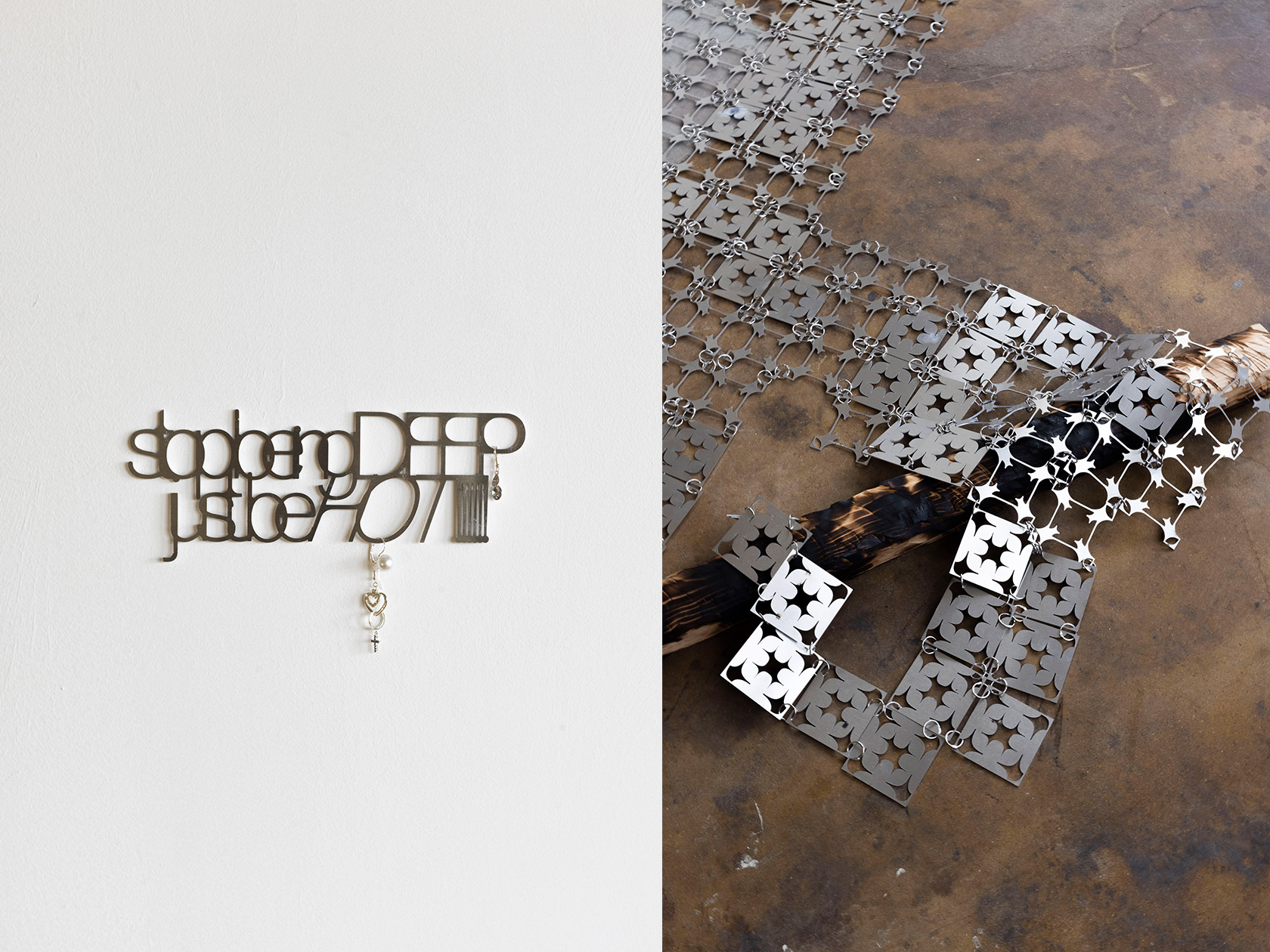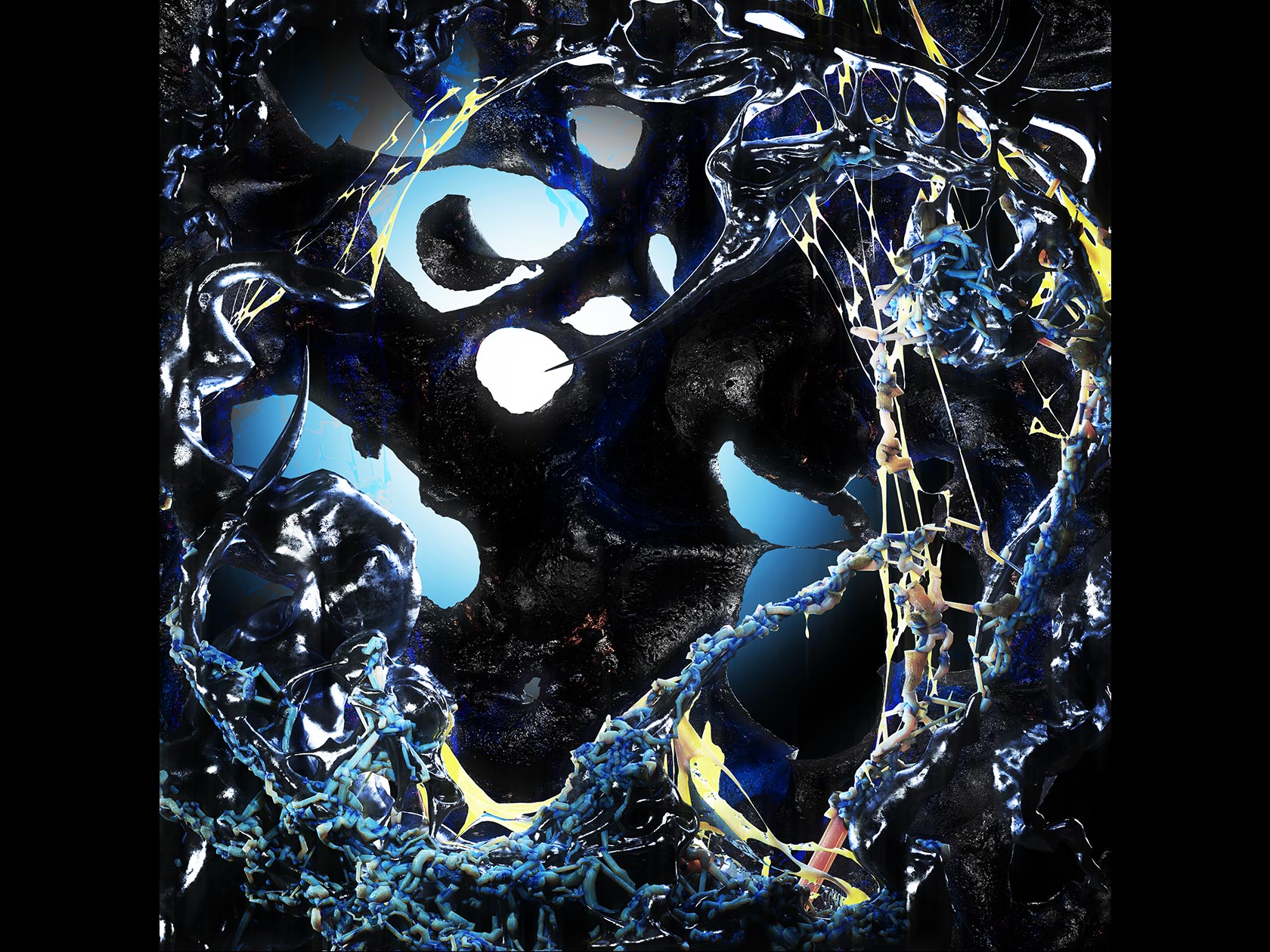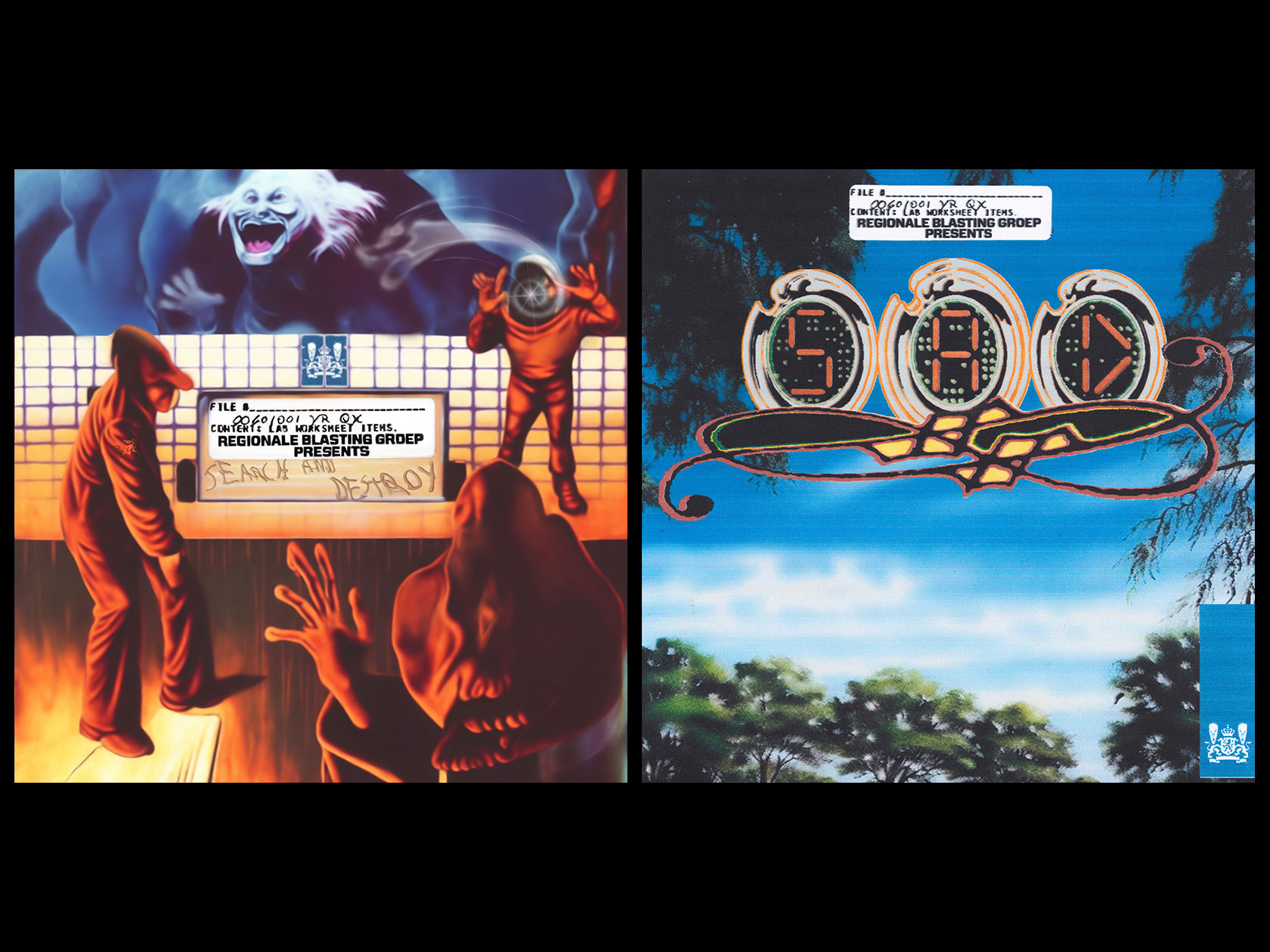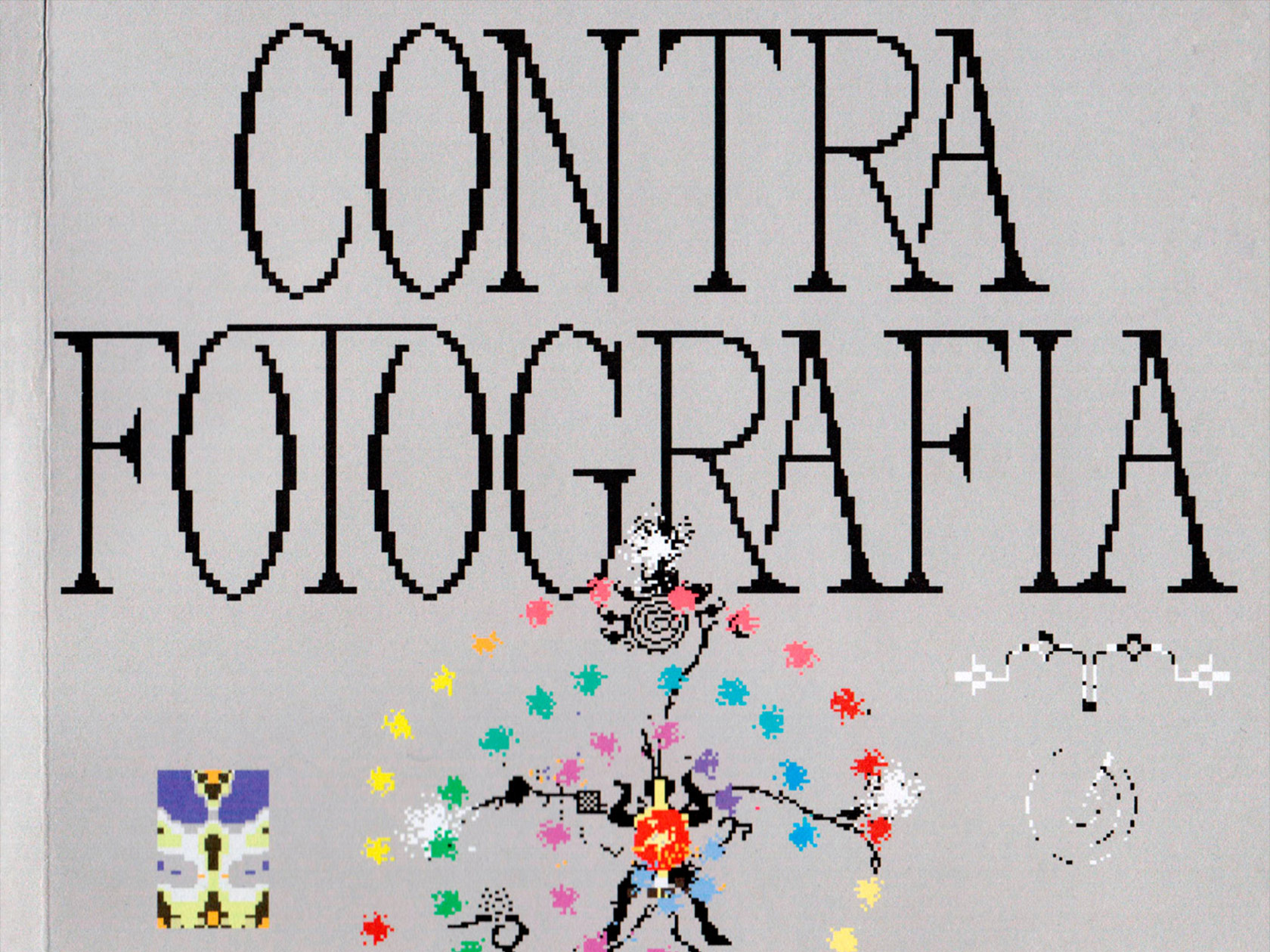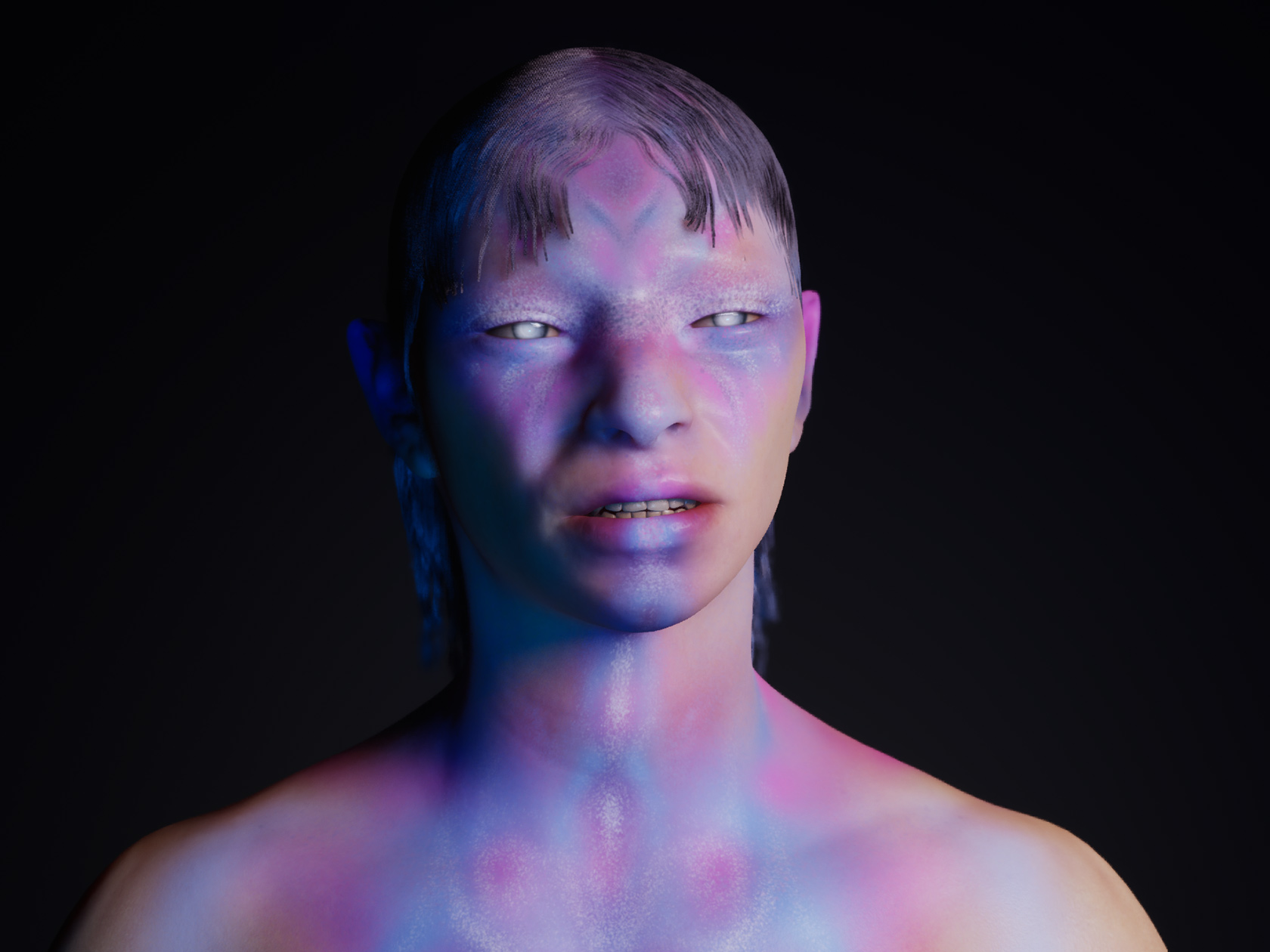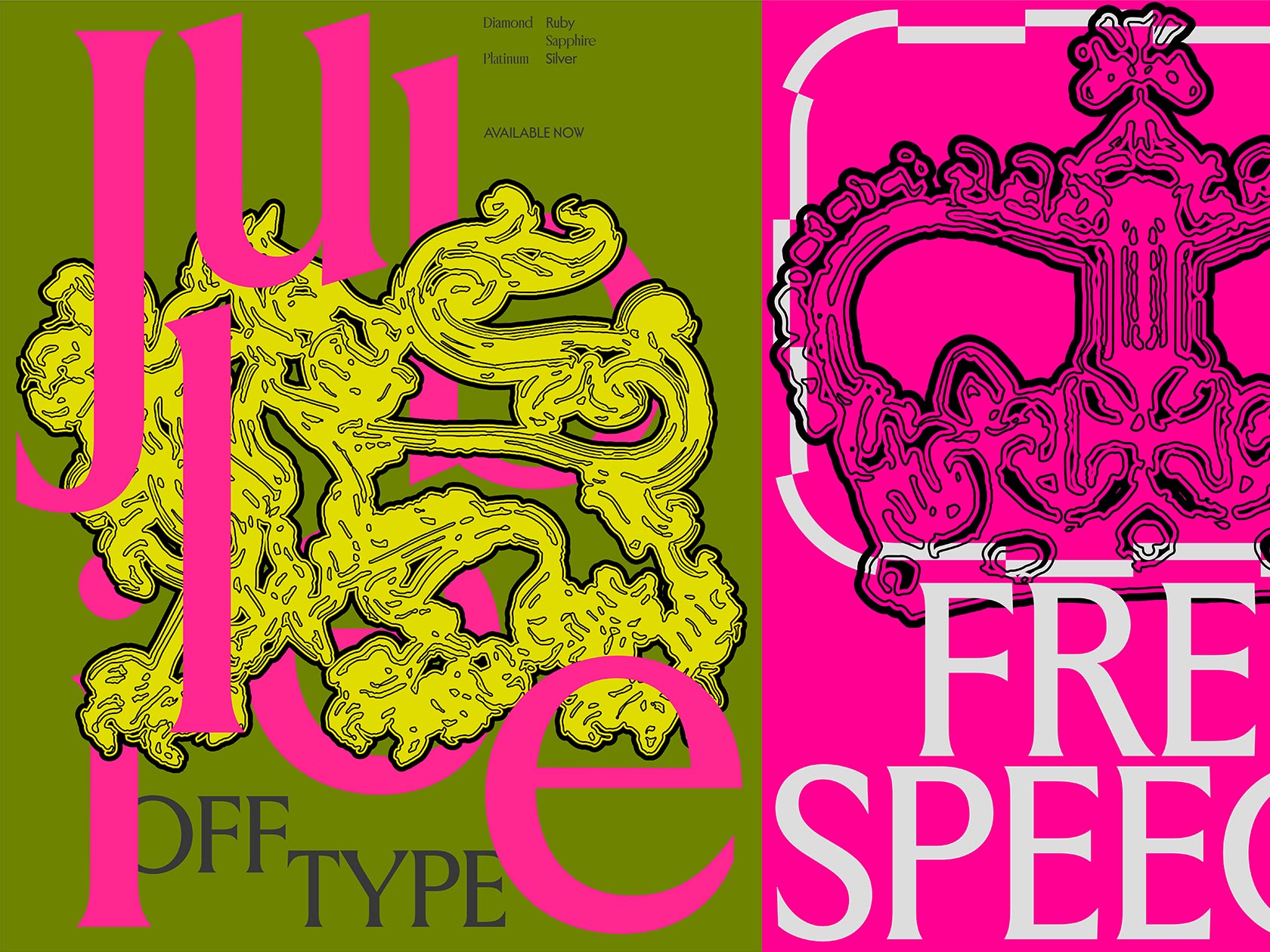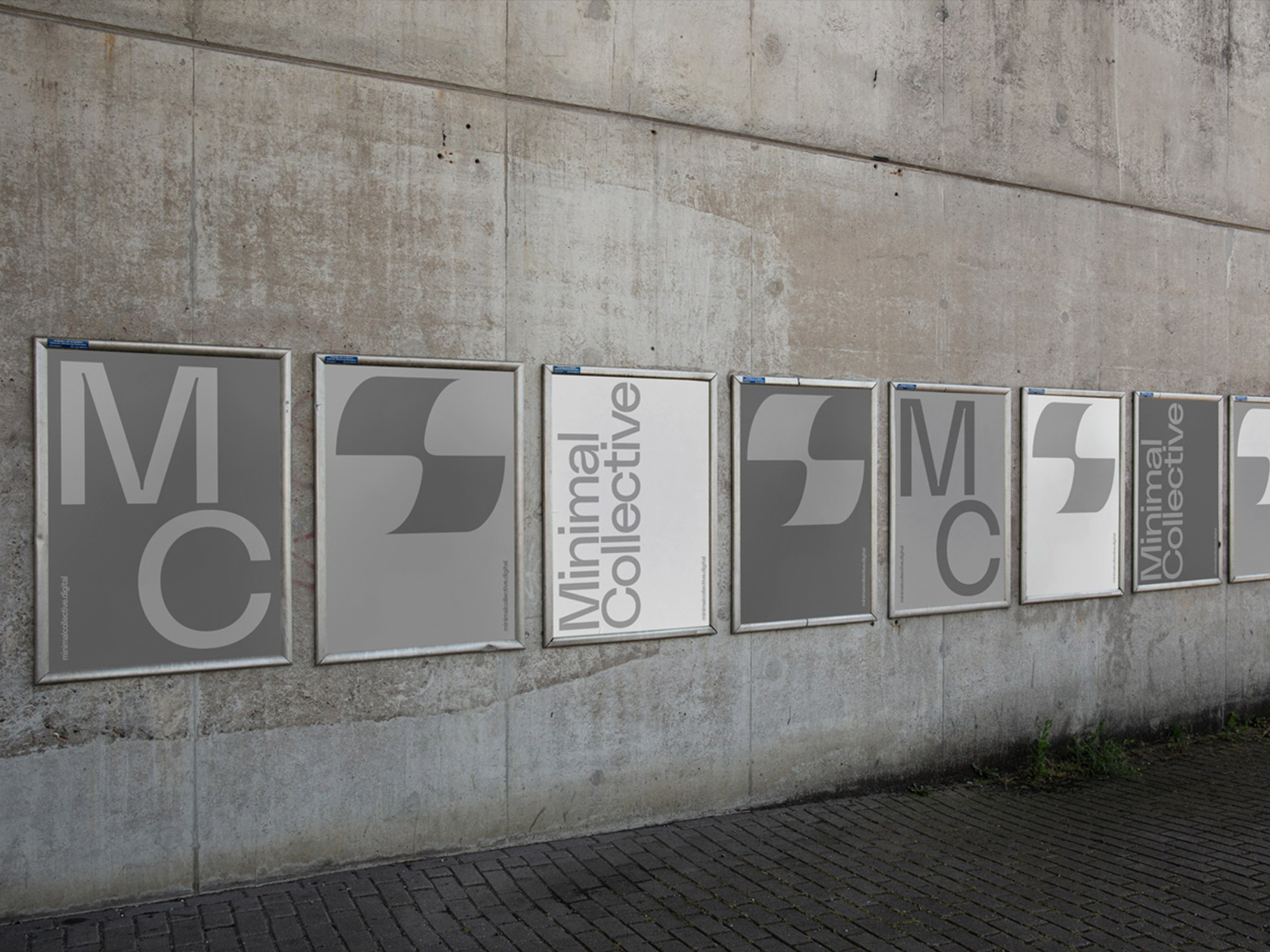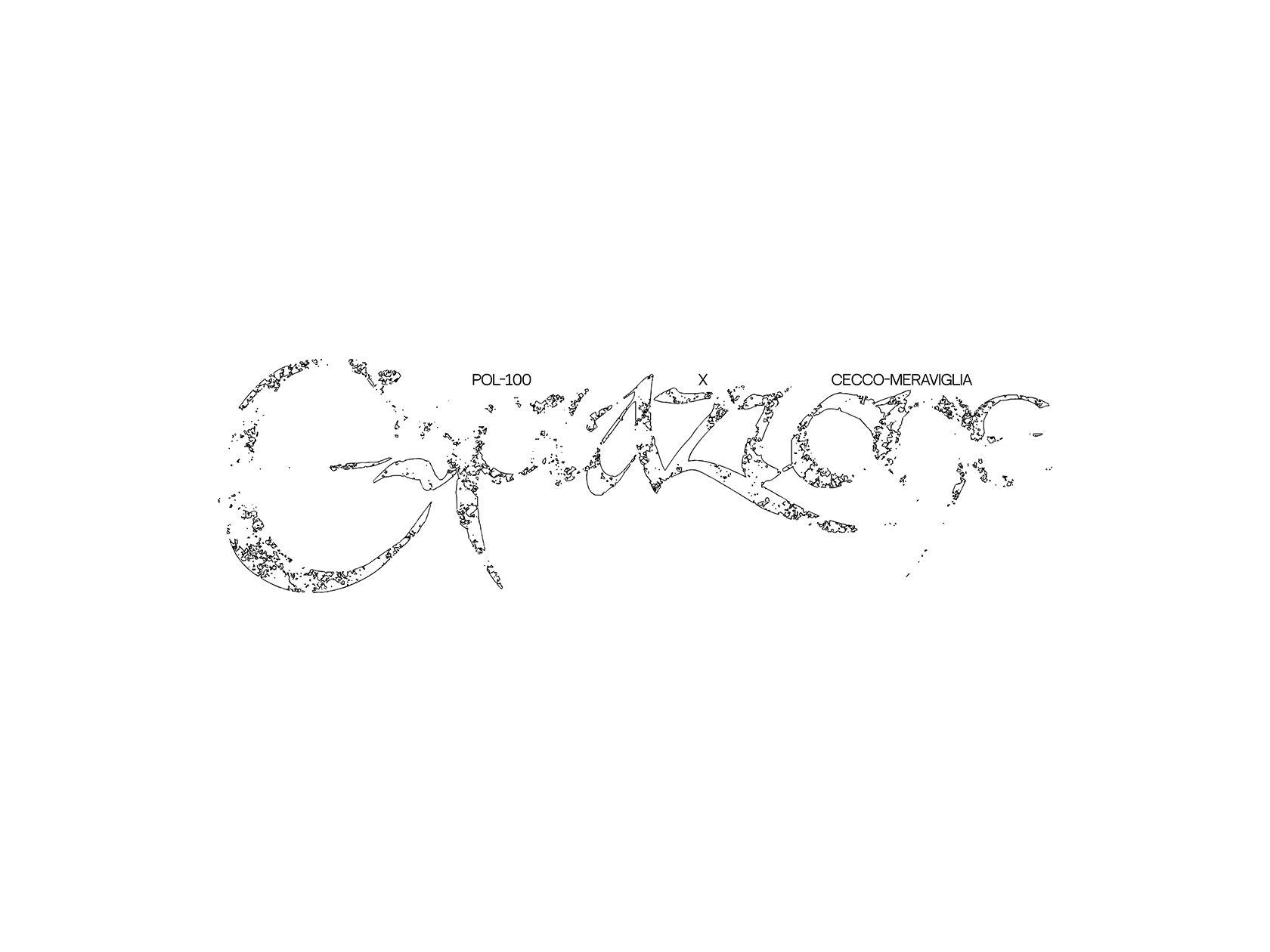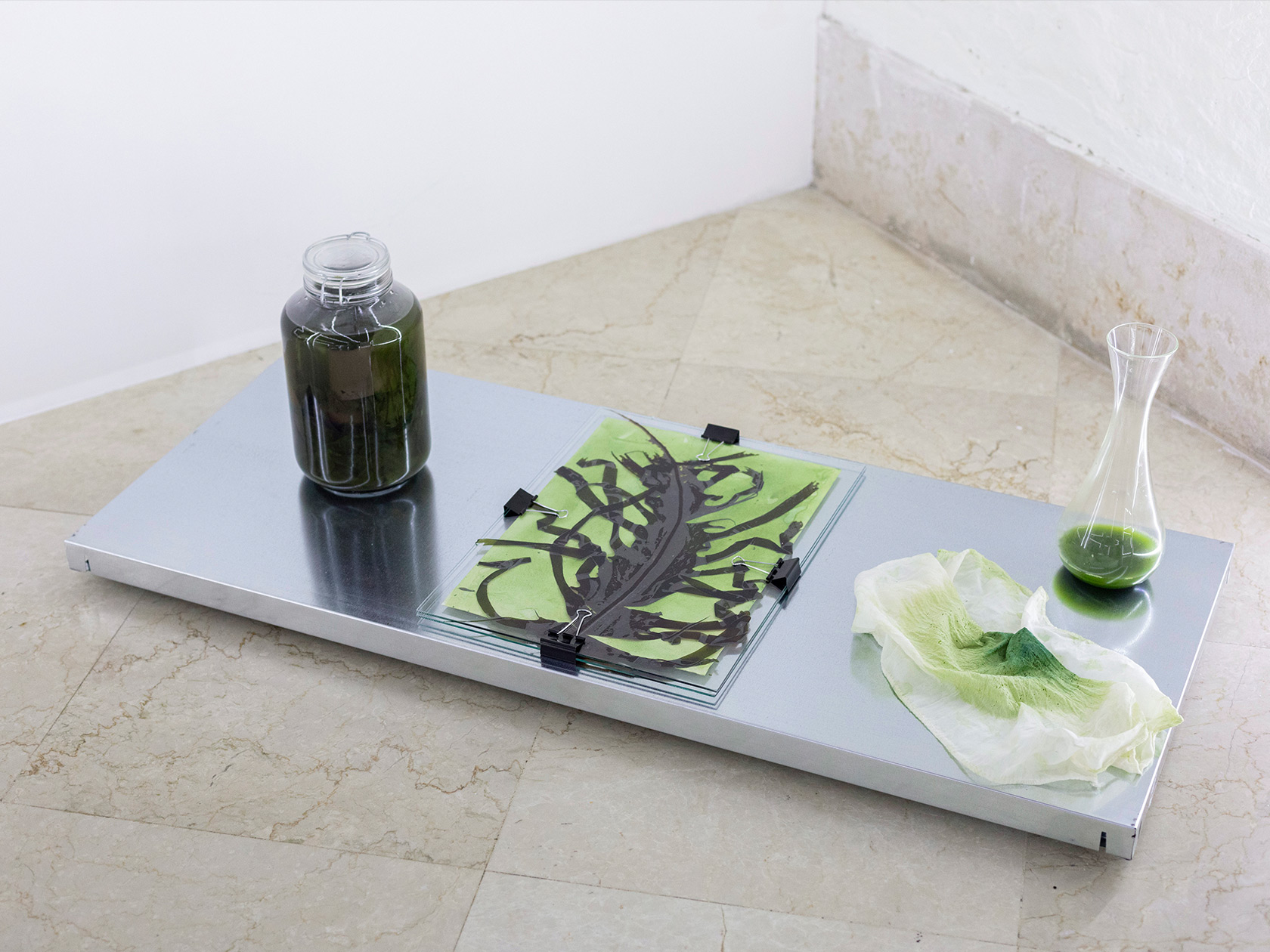Linnéa Bake, Donna Donnerberg, Melissa Leander Lücking, and Eva Hermann have all worked in the creative industry for several years, before founding the open collaborative project space and non-profit association ‘soft power’. “After years of studying, one graduates with all those wild ideas of how to tackle established norms and work ethics, but the moment you enter an institution, the moment you are within a far larger body, those ideas become vague,” Donna explains. While working in the art industry was a disillusioning experience, it also gave them the courage to form a collective to combat those problems from the outside, but with twisted power and playfulness. “Collectives are stronger and more agile than individuals, not only in the art world but everywhere. Collectivity is our guiding principle for contemporary exhibition-making, not just between the four of us but for all projects.”
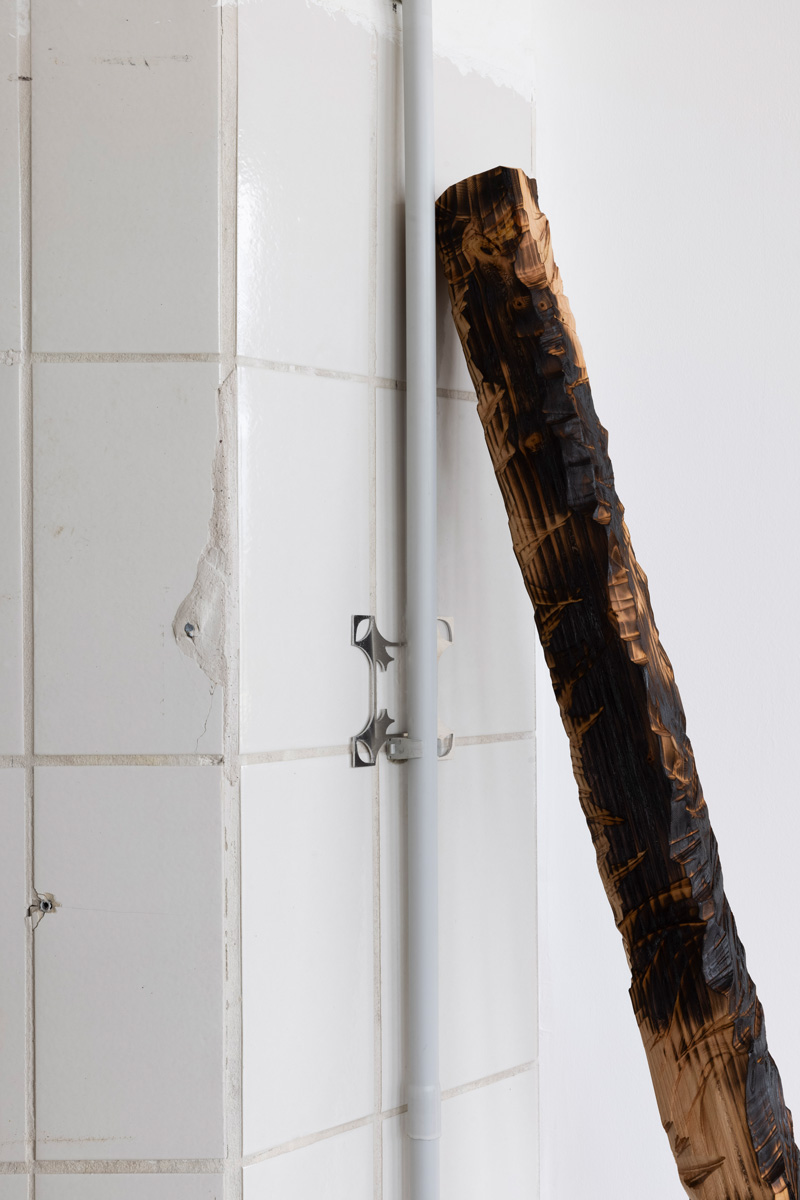
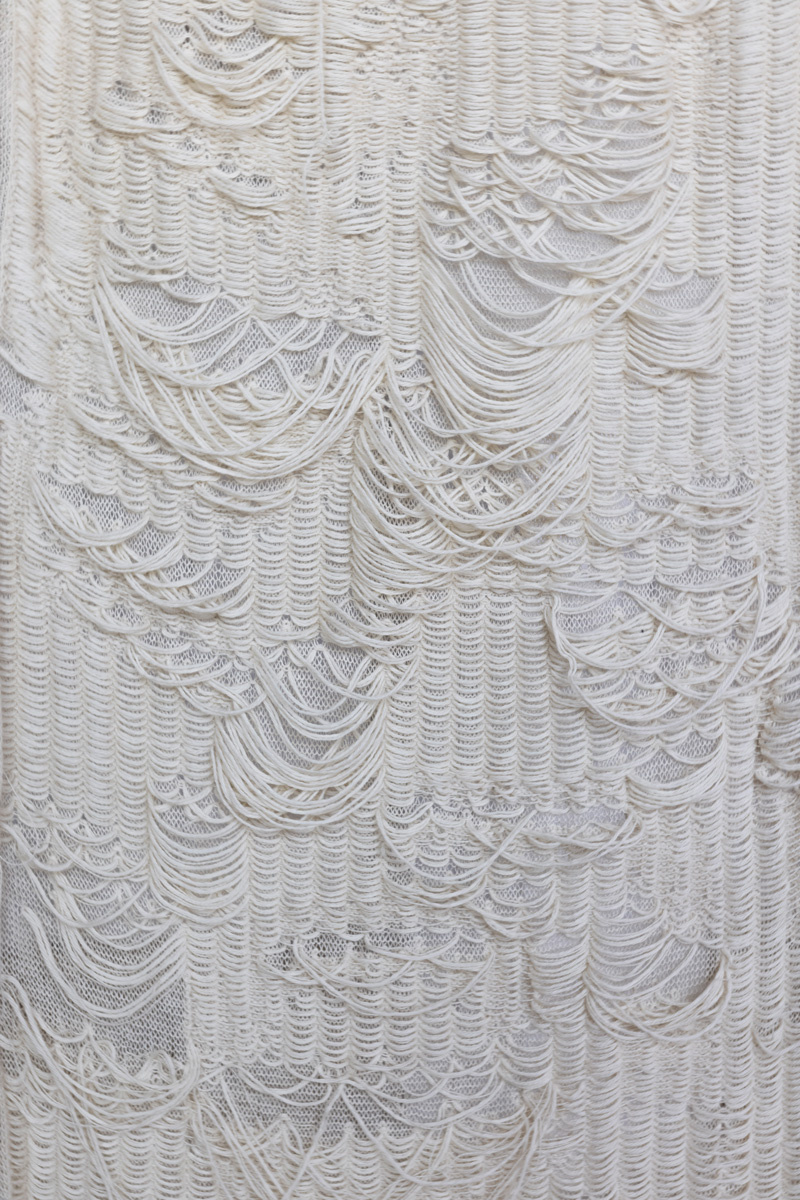
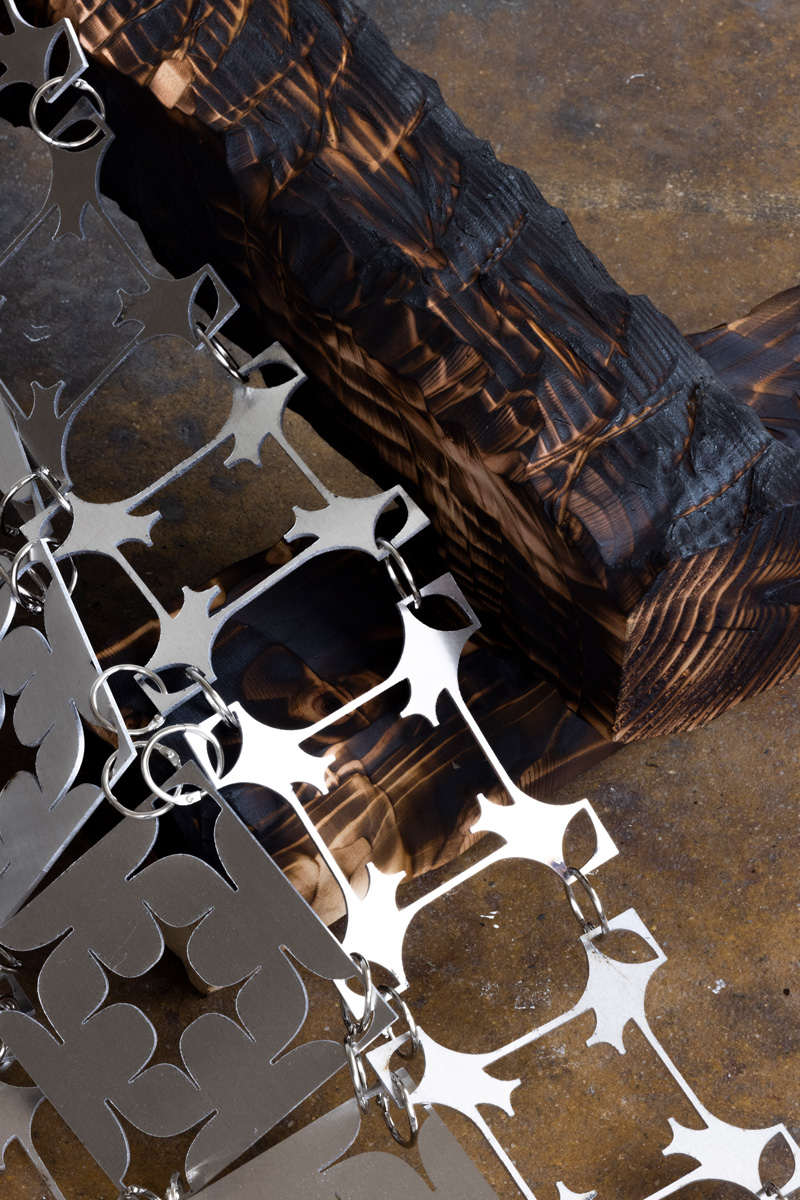
The art space is located in a former Sarotti factory building in Berlin, given to them by the Berlin workspace program. “We have known each other before that, and some of us had worked together in different constellations, but getting this space was the start of ‘soft power’ as a collective endeavor,” Eva tells us. As stated in their application, the group aims at turning their floor in the building into a communal space, by initiating group exhibitions and workshops with the other residents, like their first and ongoing project ‘Goodbye, Sarotti’. “It’s true that the physical space itself was the start of it. It motivated us and made us ask questions: who gets to have space, who can afford which spaces, who is allowed to occupy which spaces? In Berlin, as we all know, space is inherently political. From the beginning, it felt important to be mindful of the privileges we hold, to share the space with others, and generally, to stay critical about the politics and policies of art in its institutionalized forms,” Linnéa explains.
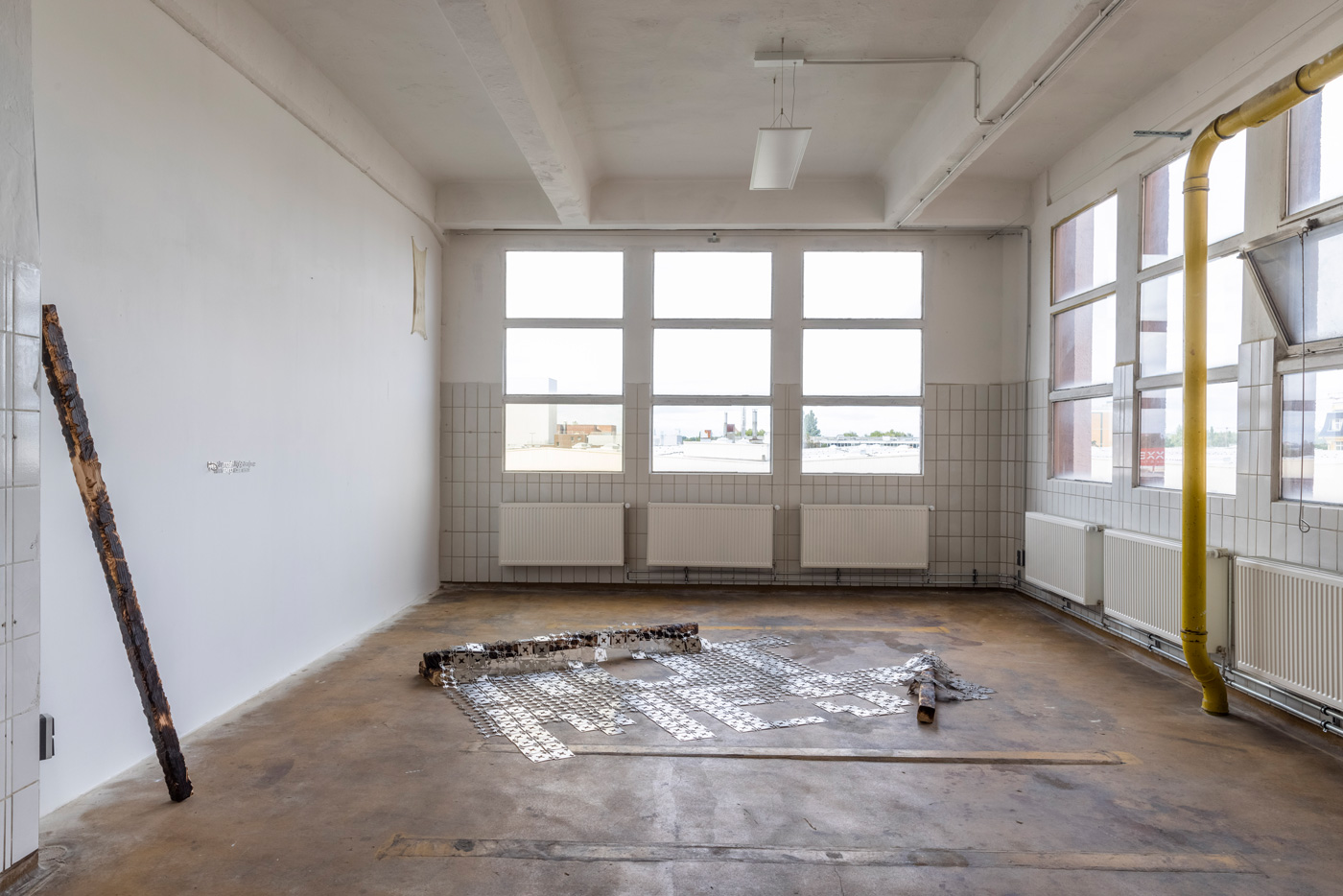
Their critical thinking is also reflected in the name of their collective, ‘soft power’. “The term has a long and complicated history, being used and misused since the ’90s to describe the influence ‘soft’ assets such as culture and art can have on policies and economic spheres. It is quite a controversial term, as it essentially describes art being instrumentalized to reach political goals”, Linnéa states. “We started discussing this political potential and asked ourselves how this term could be productively appropriated, undermined, and reclaimed. If art does have an inherent political potential, can’t we use it instead of it being used top-down by others? So, yes, the name is somewhat of a provocation, but at the same time it’s an invitation!”
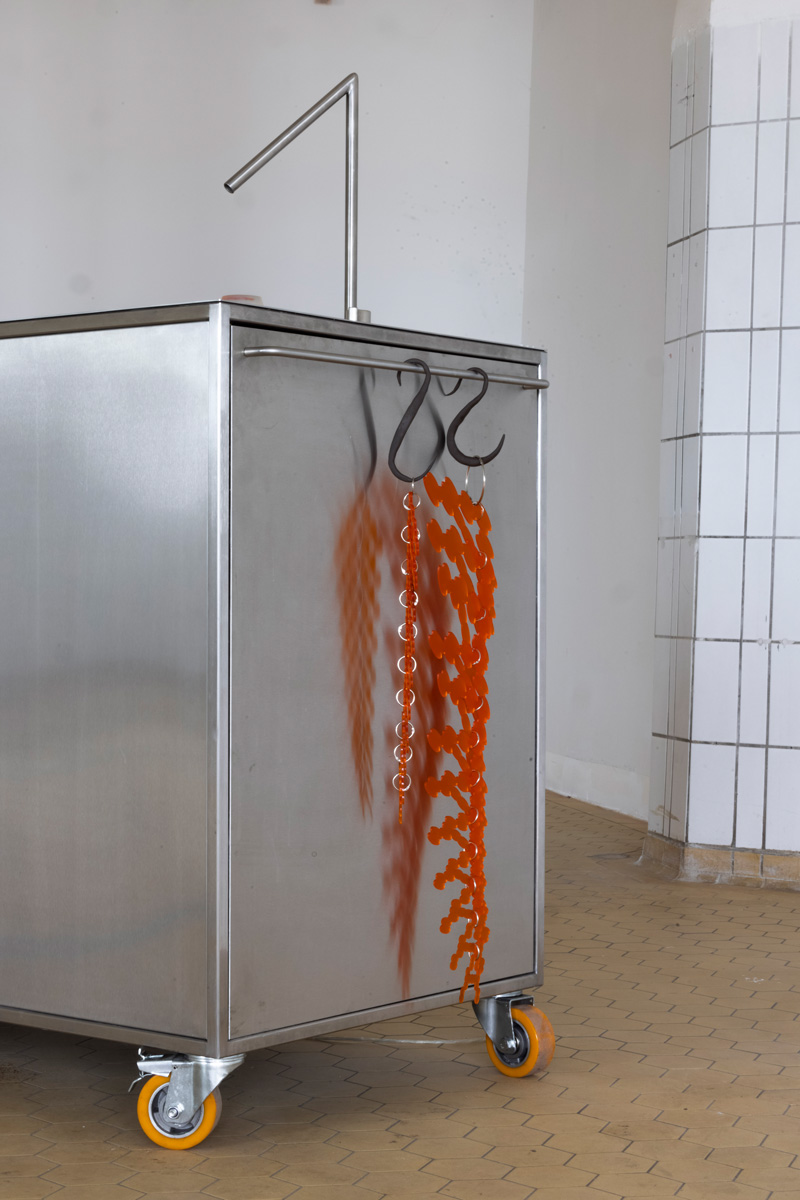
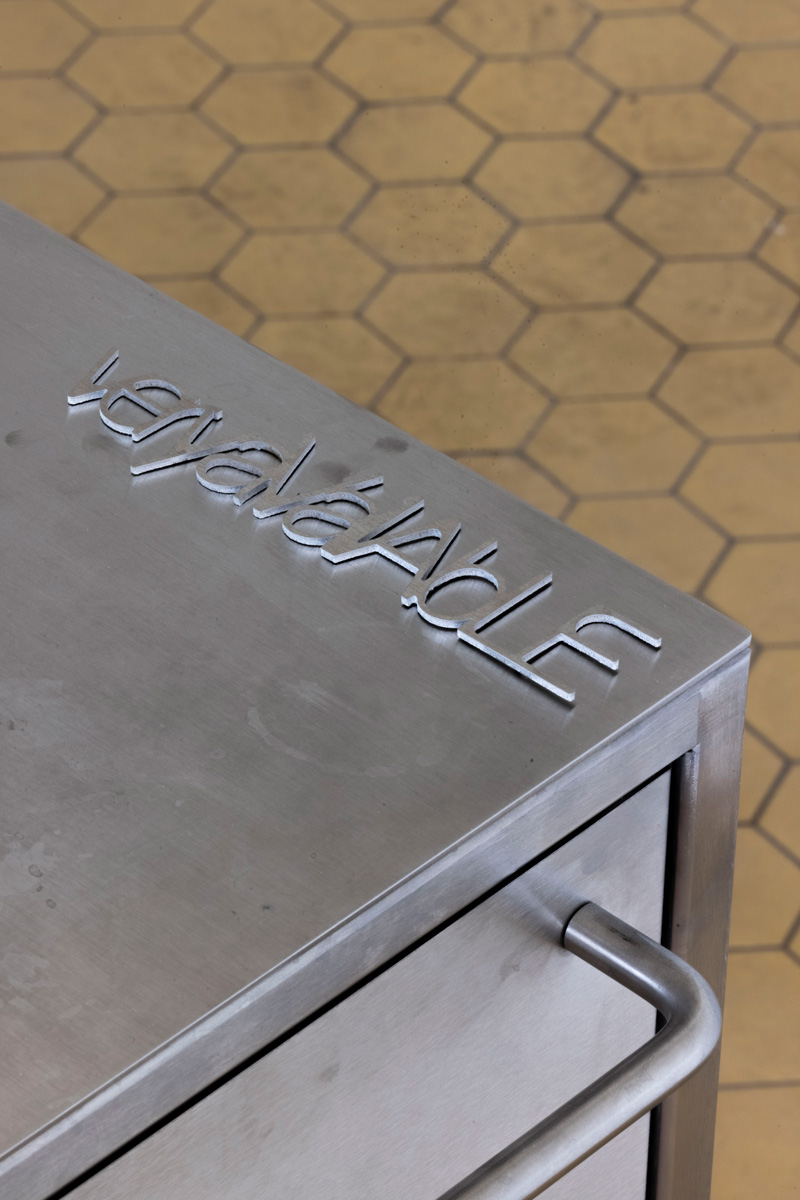
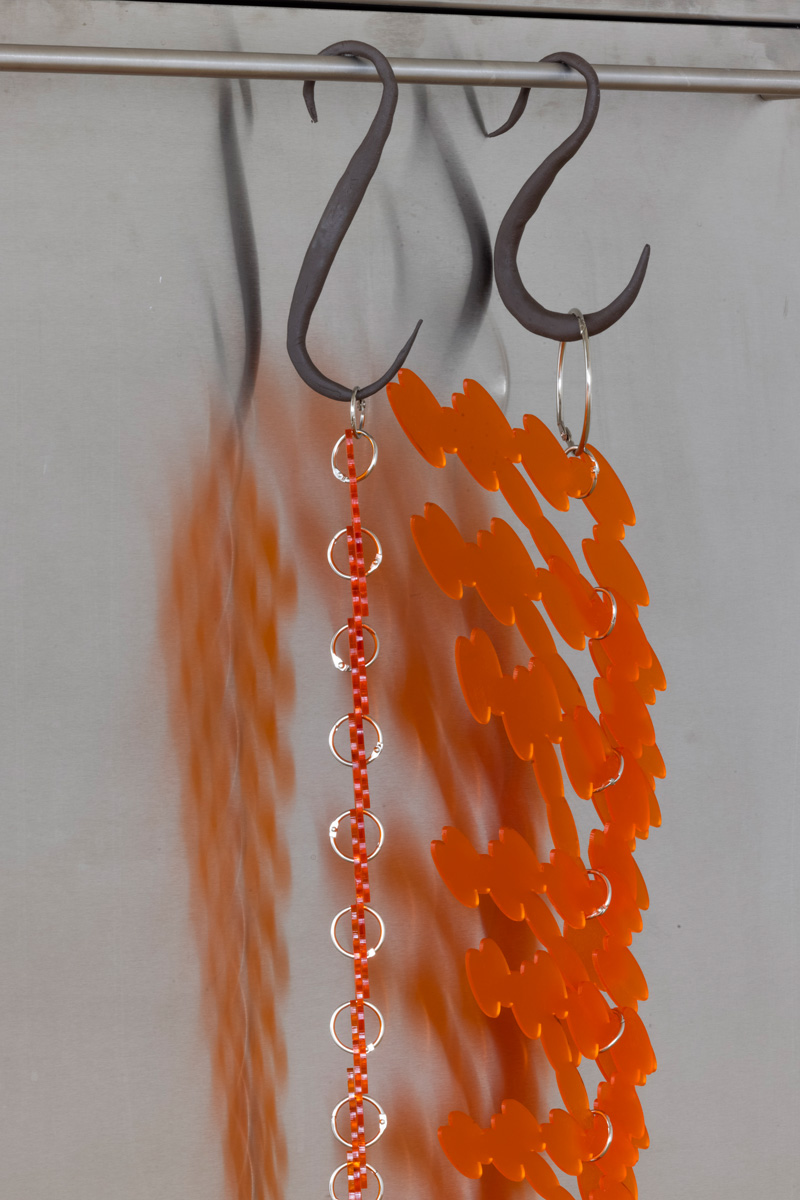
Next to this political background, the word “soft” is also controversial from a feminist point of view, often used to describe female identities, as well as certain materials, spaces, or ephemeral experiences, like tastes or impressions. “Experiencing how society genders and is still gendered after decades of feminist waves, it is obvious what we’re still fighting for. The activists from the first, second, and third waves enabled the power we have today: Softness as an active approach is a somewhat weird but beautiful mutation of older forms of radicalism. We are the great-grandchildren of past waves of feminism and therefore we are enabled to see that it’s not any longer solely about women’s struggles,” Donna explains. “As part of a collective consciousness of oppression, feminism is focusing on gender equity in a broader sense. Softness is neither binary nor exclusive. It is strong because of its willingness to adapt to the various forms required to push through. Power and capital are agile and so are we. That’s easy to say but damn hard to translate into one’s making.”
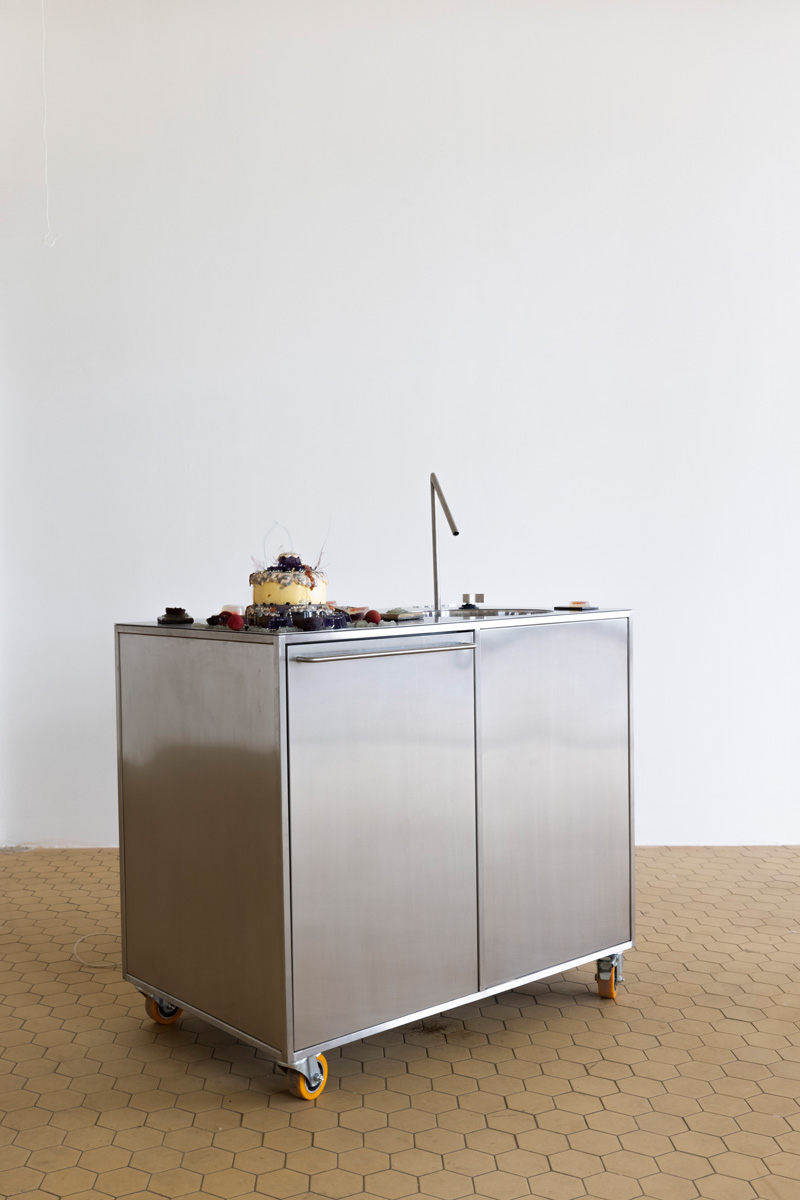
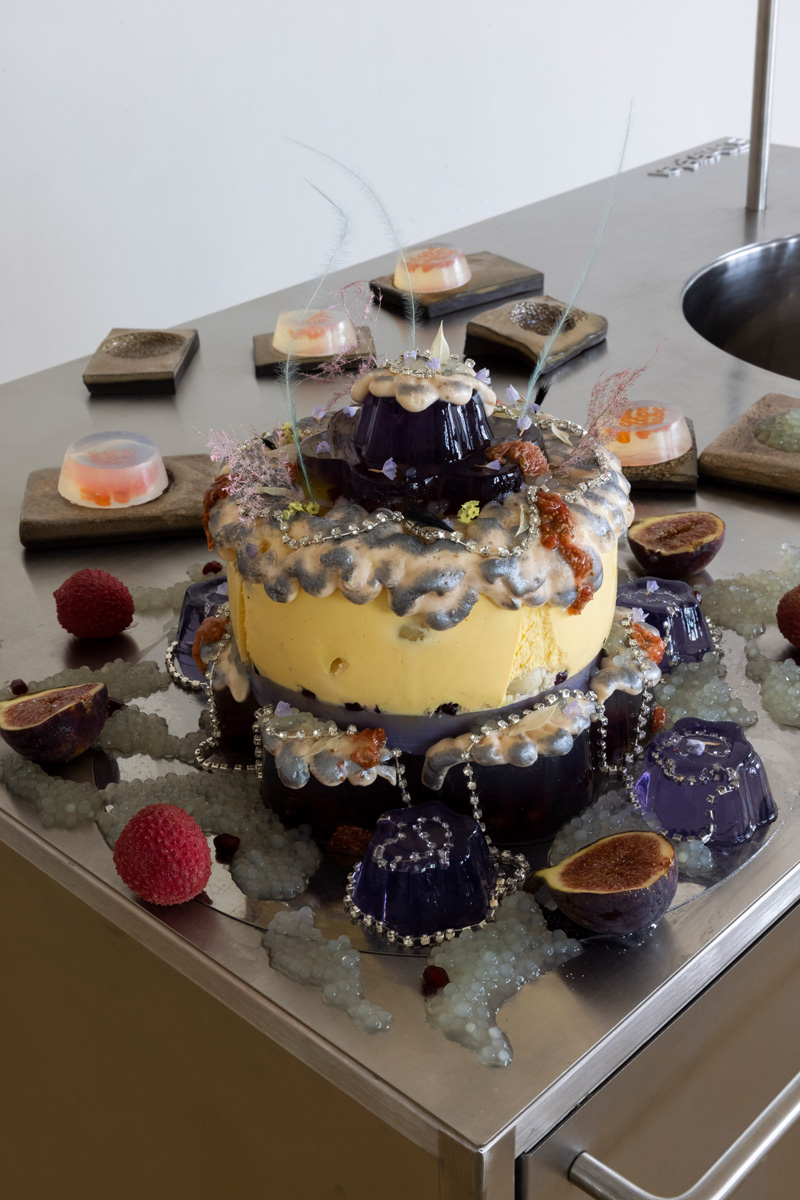
Like all adventures, there were a few bumps on the road. As a young collective, entirely dependent on the government’s funding, Linnéa, Donna, Melissa, and Eva put a lot of thought into their approach. “We spoke a lot about institution building, programming, and how we want to work with each other and with others, which is very much linked to our curatorial ideas and interests. Content and form cannot be thought of separately. Of course, money plays a big role in this context. From the beginning, we were committed to paying everyone we work with, even if it’s a symbolic fee. One of the big challenges was not to forget ourselves in this equation,” Linnéa explains, and Eva adds: “Nonetheless, we realized that it’s a completely different thing to experiment and fail when you’re 20 and in university or when you’re in your early 30s as we are now. We’ve all come into this with a lot more experience and consequently, with more specific expectations as to how we want to work and what kind of position we want to take in the art world. Being able to allow yourselves and others a space for failure is also a privilege in itself, and often this ideal is clashing with reality.” After writing several funding applications, the collective received four project grants to realize their first exhibitions and workshops in 2021.
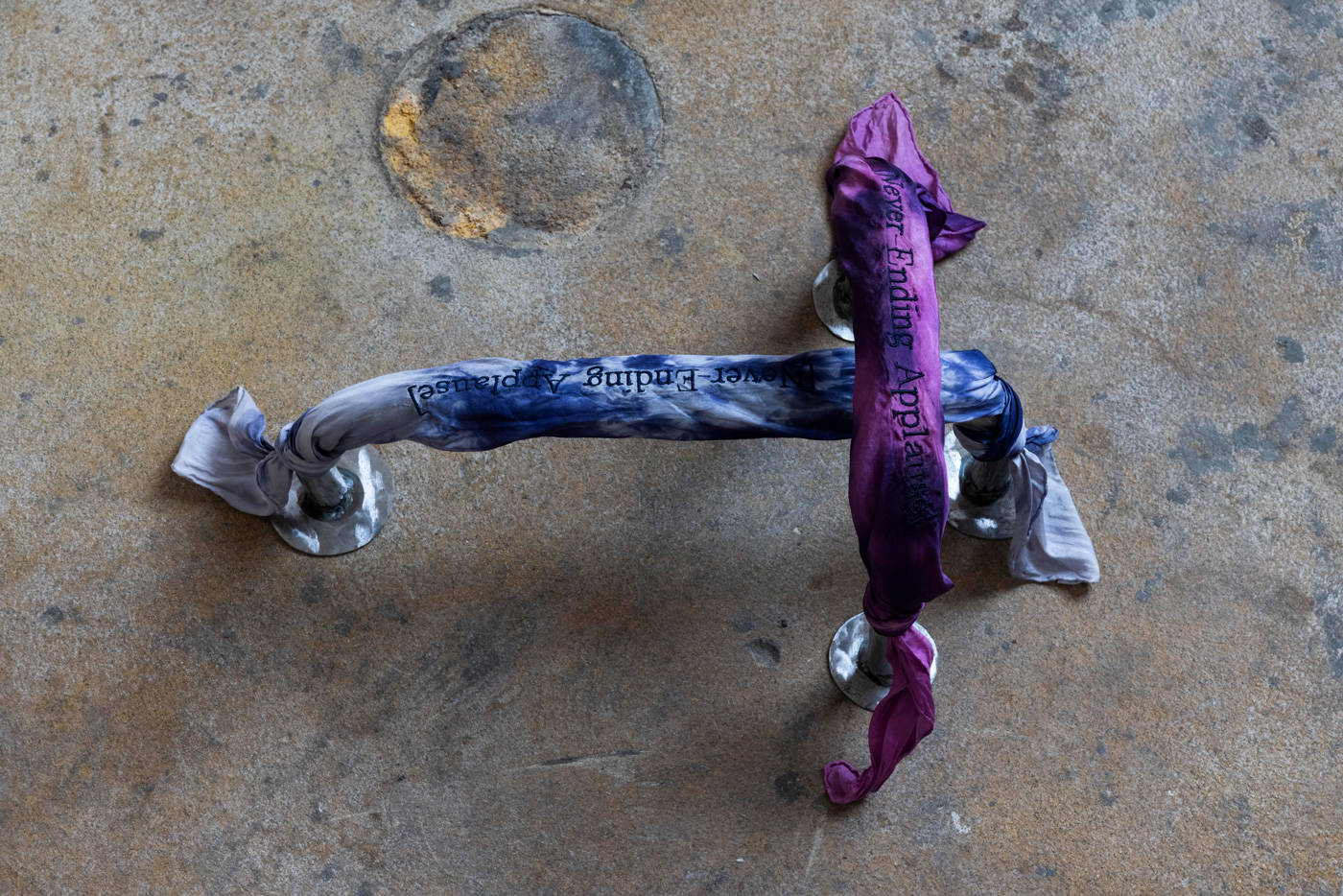
In the exhibition ‘A Guide to Softer Ware’, the two artists Charlotte Rohde and Vera van de Seyp explored the contemporary and not-so contemporary languages of instructions in the context of “womanhood”, by calling out their binary notions of gender designation as a social construct. Through analyzing their behavior as socialized women—and simultaneously analyzing guides that have been written by women for other women—Charlotte and Vera expose the idea of the manual as a (self-)imposed directive and investigate how the social roles of women have been impacted by the rise of new technologies. While Vera comes from a background in graphic design and creative coding, Charlotte occupies a unique space in the typographic sector and is known for her feminist take on type design. The exhibition aimed for a spatial translation of their practice, using digital tools like typography, software, and code, as well as physical materials, like soap and metal.
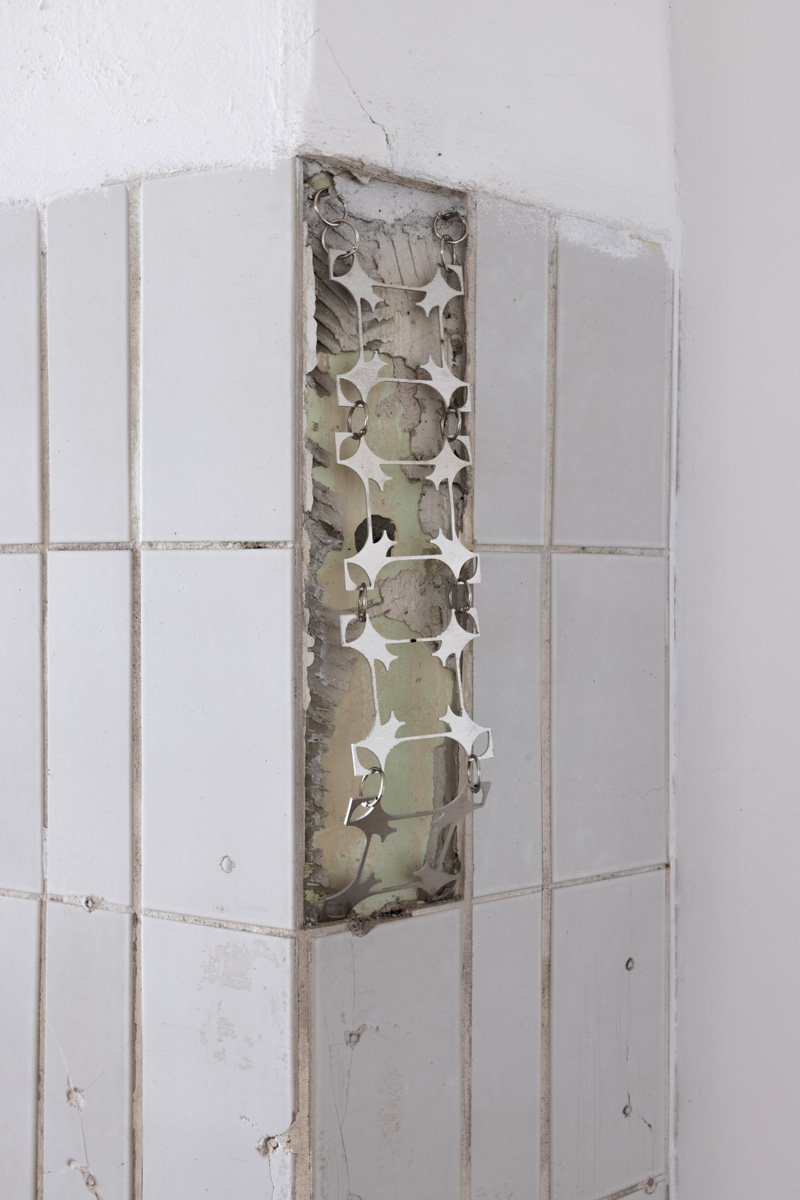
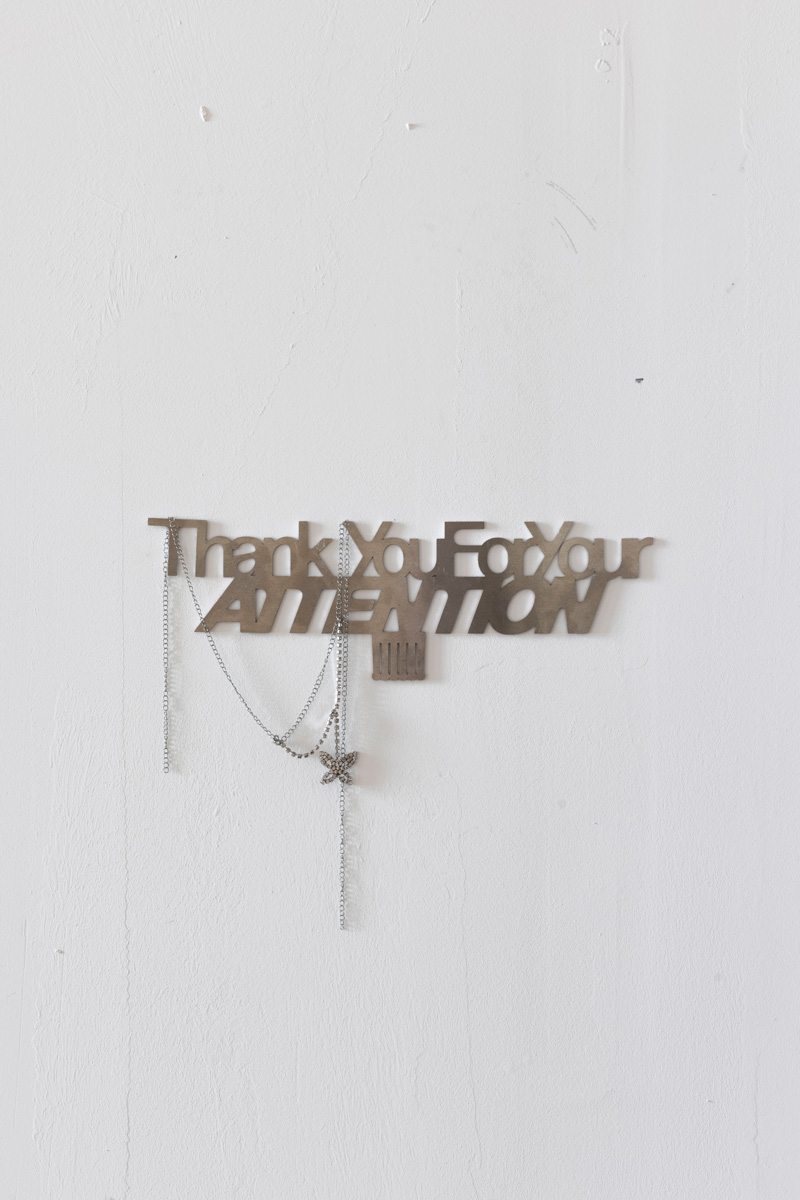
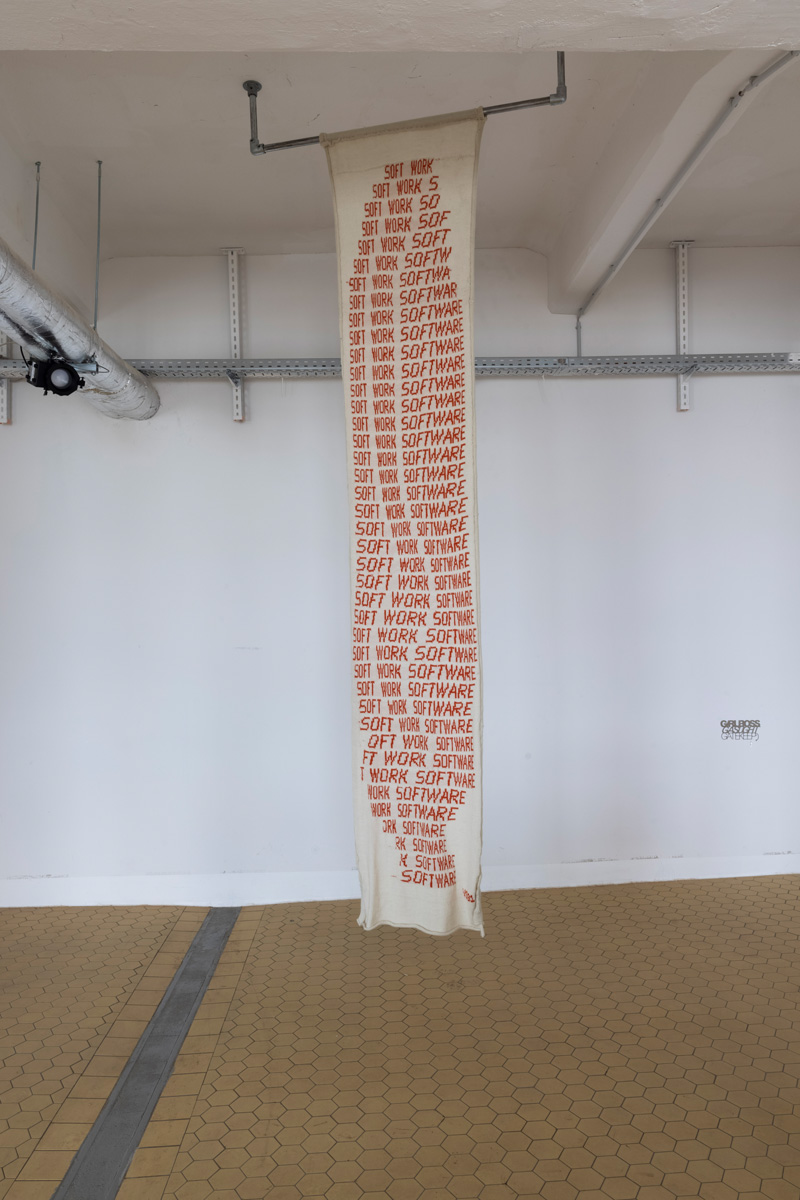
“We aim to allow such artistic explorations to take shape through an open collaborative process— meaning that we aim to be the supporting network behind such ideas”, Donna states, and Melissa adds: “A big part of the collaborative process happened in the week before the exhibition in the space itself. During the time that Vera and Charlotte worked on and finished some of the exhibits, we accompanied their work and co-curated the set-up. It was amazing to see how some of the work changed and transformed within and through the space. So it wasn’t just the artists and us who were part of that process, but the space itself put in a good amount of work to shape the exhibition into what it came out to be.”
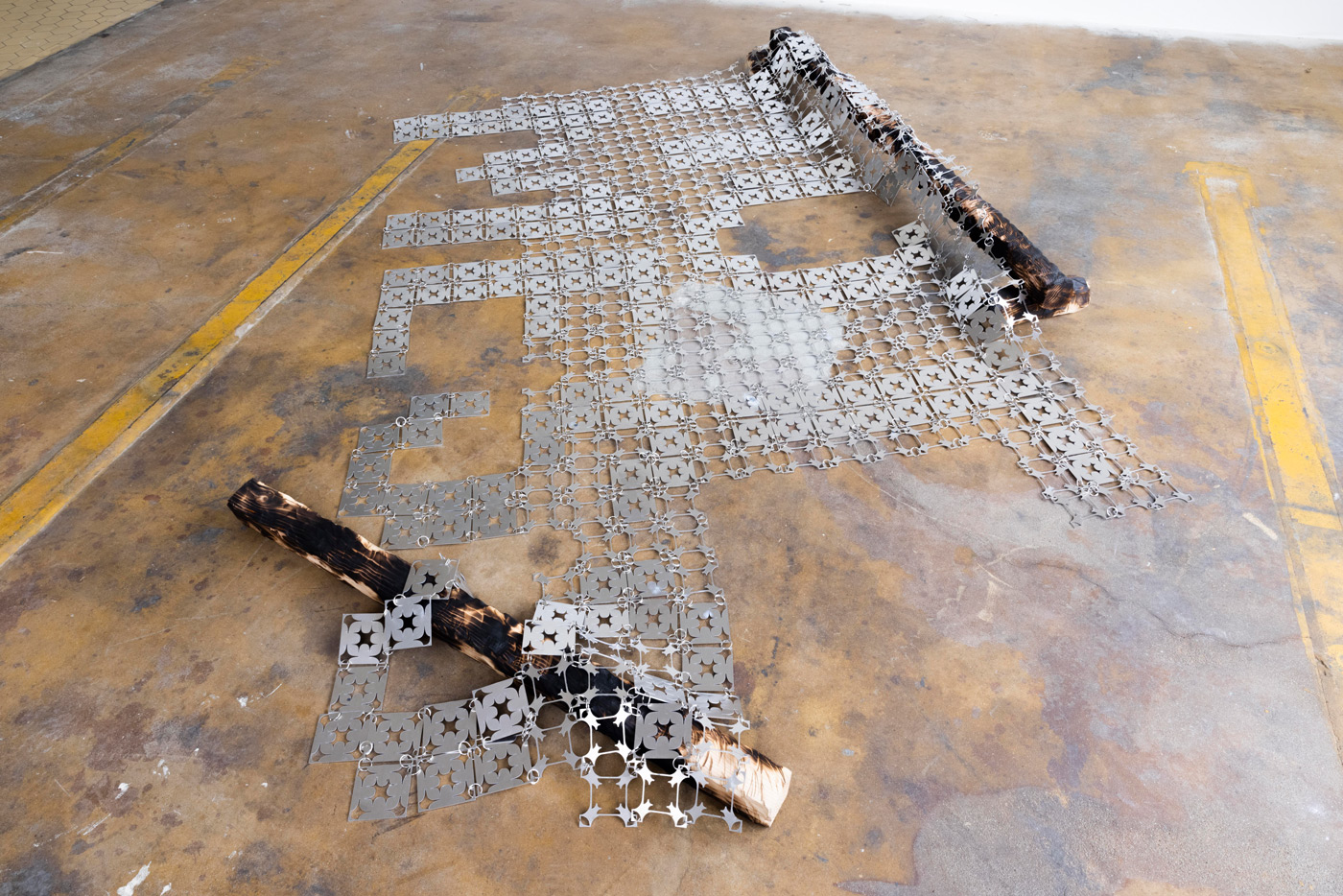
This is not the first time that the team of ‘soft power’ has collaborated with Charlotte. In fact, the designer has come up with the concept behind the variable font family for the collective, based on her existing font ‘NewEdgeTM Regular’. With strong contrasts in font-weight, the transformation of certain details from edged to rounded, and the transition from regular to italic, the variable font can be used extensively and allows for ‘soft power’ to produce a versatile visual output. “For us, ‘soft power’ is an open-ended process that allows us to continuously redefine and reshape the vision of our work, of us as a collective and as a space throughout that process. Part of that process is also developing an appropriate identity for every format,” Melissa states. Therefore, the logo is redesigned and reinterpreted by the artist or artists collaborating on the respective format. In the case of ‘A Guide to Softer Ware’, Charlotte and Vera decided to hand over the design of the logo to Sascia Reibel.
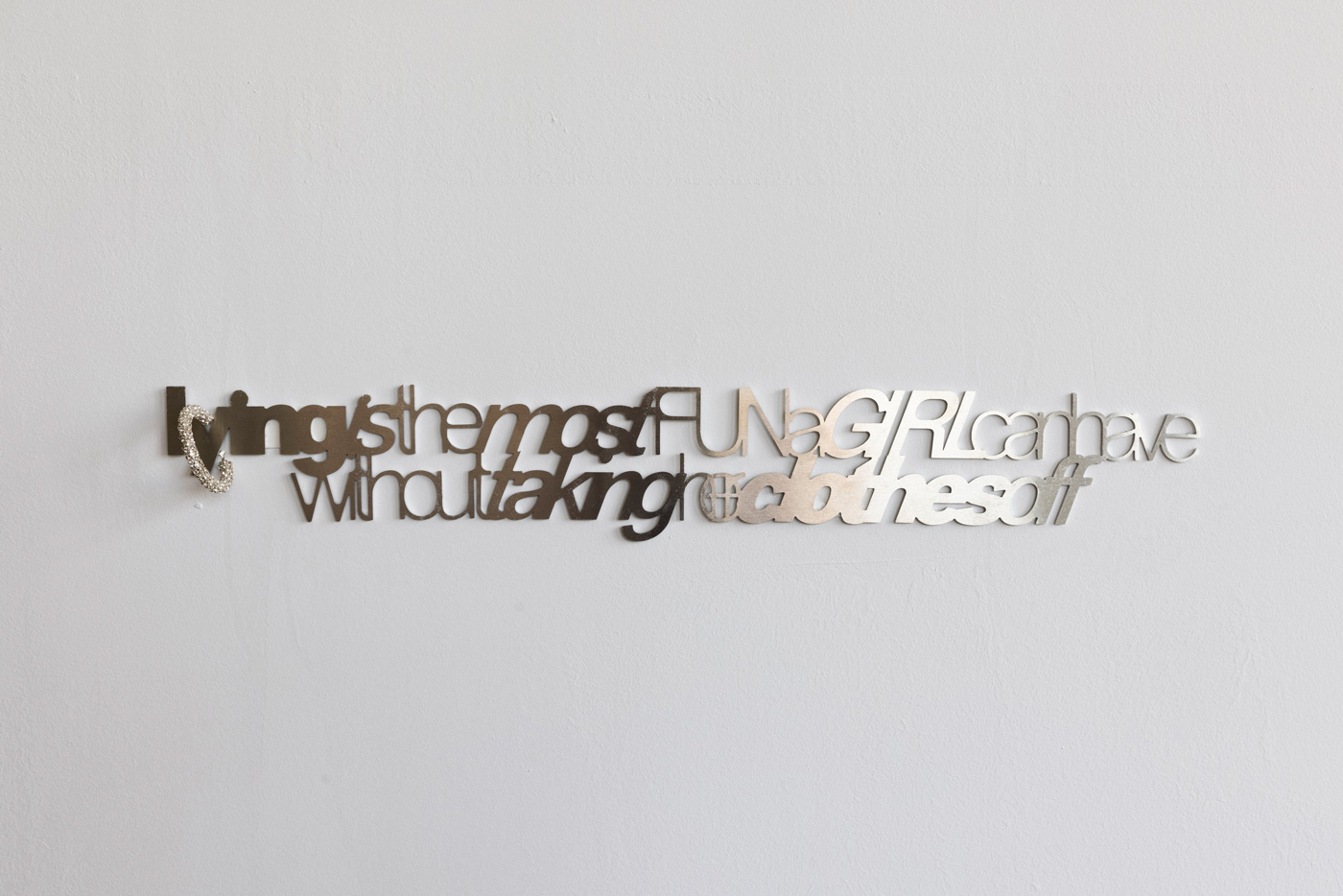
Shortly after ‘A Guide to Softer Ware’, the exhibition ‘Ιστορία της ηδονής History of Delight’ presented works by the Greek composer, musician, poet, and icon Lena Platonos, who has been a female pioneer of electronic music in Greece for decades and has gained international attention when some of her records were re-released by the San-Francisco-based label Dark Entries Records about ten years ago. The exhibition began with a concert by the artist, which was sold out within hours and was live-streamed by PlusX on Cashmere Radio. “What made the project so special was that it was the first time her visual work has ever been exhibited. We had read in an interview that she paints and just blindly invited her to show her work as part of the project. The result was this beautiful mix of extremely avant-garde electronic music history combined with the opulent appearance of her paintings and drawings,” Linnéa tells us. “We ended up working with so many partners who joined us along the way. The project just grew organically and became more than the sum of its parts.”
It’s been a very busy few months for ‘soft power’ which is why the collective will use the rest of 2021 for introspection and reflection, including team-building sessions and internal workshops, setting the path for the next year and beyond.
Photographs by Eike Walkenhorst
COLLABORATIONS TO LOOK AT:
“Love Songs for a New Future”, a scenic concert and great collaborative project by Ari, Peter Scherrebeck Hansen, Paca Faraus, and Peter Hermans

